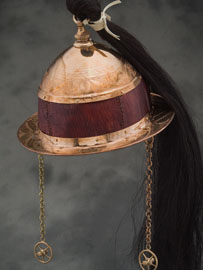The tomb of the Celtic princess and her daughter in southern Germany is dated to 583 BC, or 2,600 years old. The entire grave site was moved to a research laboratory in Stuttgart for scientists to learn about the burial site, according to International Business Times .
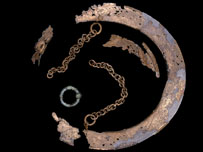
The tomb contained the body of a woman wearing a lot of gold, copper, and amber jewelry. Half a meter away is the grave of a little girl about 2-3 years old. The similarities in the gold earrings on the bodies of the woman and the girl show that they had a close relationship, scientists concluded in a report published in the journal Antiquities.
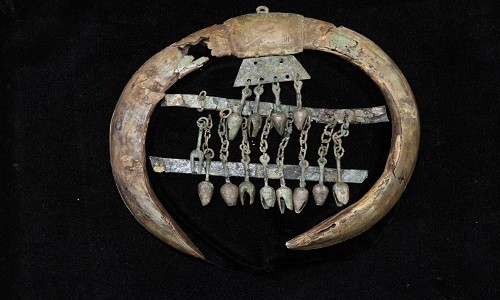 |
Pendant with bronze tulips. Photo: Dirk Krausse.
“The two pairs of gold earrings are very similar in terms of style and decoration,” said Dirk Krausse of the German Cultural Heritage Agency in Baden-Wuerttemberg, lead author of the study. “Through the shape and decorative motifs, it can be seen that they belong to the same period, possibly products of the same jeweler. They are very special and we do not have samples to compare. from other tombs”.
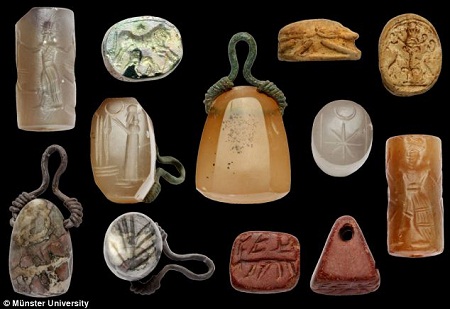
This burial mound originated during the Iron Age when the Celts lived in what is now Germany and traded with all of Europe. The excavation site was transferred to the German Cultural Heritage Agency in 2011.
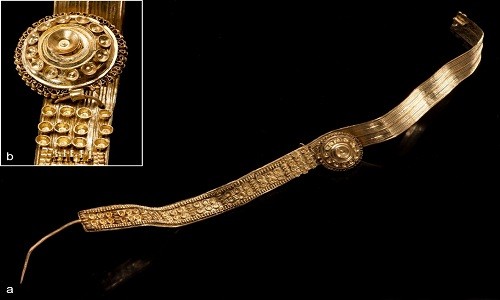 |
Another gold jewelry 28.5 cm long was found on the woman’s body. Photo: Dirk Krausse.
“We were quite surprised that the tomb had not been looted. It was located near a small river or creek and the soil there was very wet like a type of peat. Other tombs with looted artifacts were located in drier place. Most of the time there is water in the tomb so it’s not easy to steal things,” Krausse said.
Submerged conditions with low oxygen concentrations also limit the degradation process in the tomb. Scientists took samples from the woman’s skeleton, but the girl’s remains did not provide enough data for DNA testing. Only the girl’s tooth enamel remained.
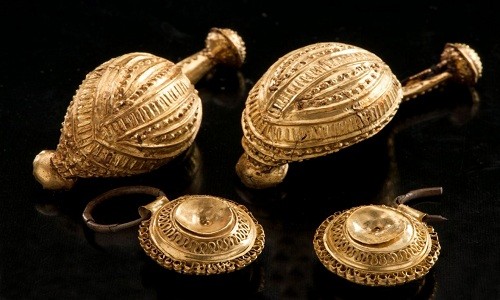
Currently, DNA sequencing technology is not advanced enough to perform on the remains in the girl’s grave. “But in 10-20 years, maybe that technology will be born,” Krausse hopes.
